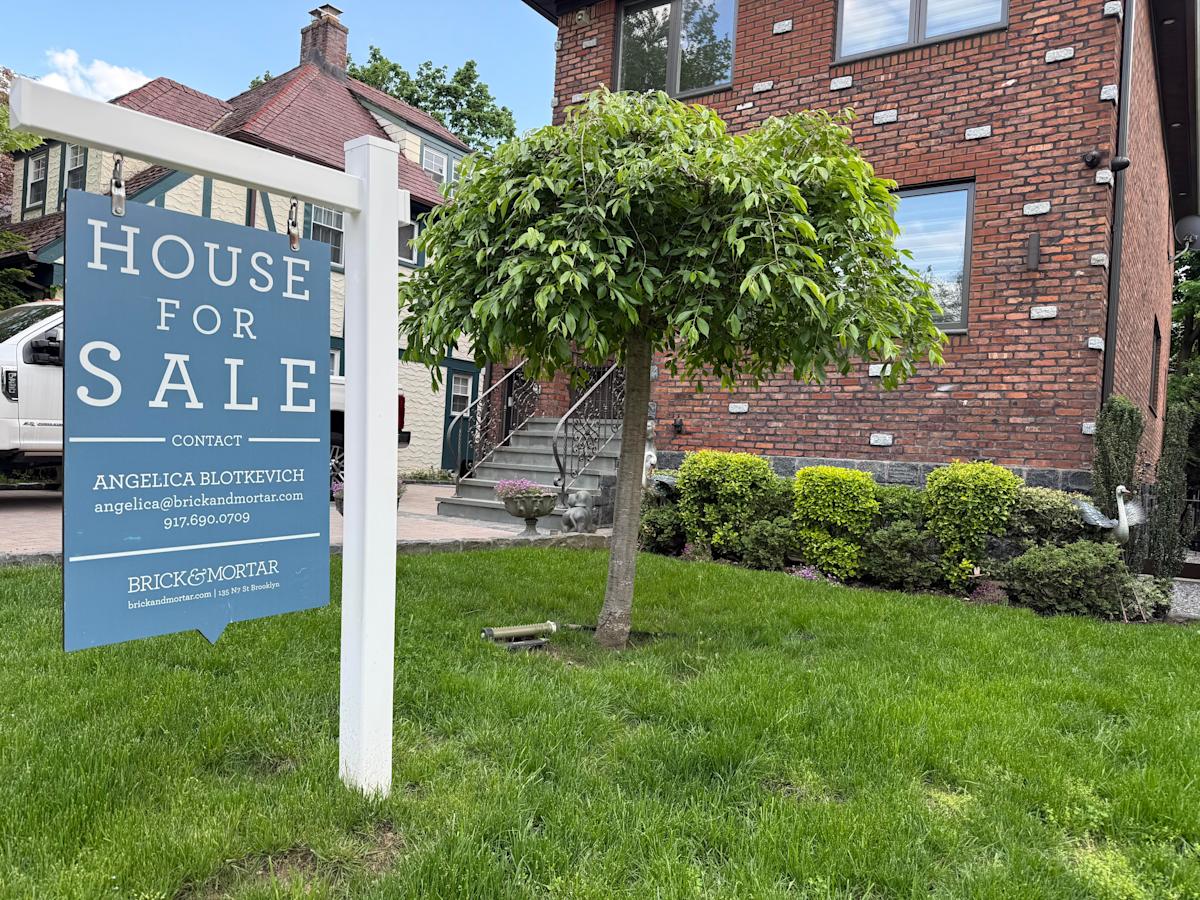What Trump’s 50-year mortgage plan could mean for homebuyers
Would a 50-year mortgage make homeownership more affordable? The Trump administration is working on a plan for a mortgage term that spans five decades, Federal Housing Finance Agency Director Bill Pulte confirmed this weekend, calling it “a complete game changer” and a “potential weapon in a WIDE arsenal of solutions that we are developing right now.”
Details are still sparse, but a 50-year loan could meaningfully reshape a housing market where 30 years is the norm. Experts say homebuyers who opt for the longer loan would see lower monthly payments but a dramatic increase in the total cost of the loan.
“Borrowers might be able to pay less monthly principal and interest, since the loan would be spread out over half a century,” said NerdWallet lending expert Kate Wood in an email. “But the total interest paid over the life of the loan would be staggering, since even with a low rate, you’re looking at 50 years’ worth of interest.”
Take a homeowner who wants to buy a $400,000 home with a 10% down payment, requiring a $360,000 loan.
Even assuming both the 30- and 50-year loans have the same rate of 6.25%, borrowers opting for the longer loan might only end up saving $250 per month, Joel Berner, senior economist at Realtor.com, told CBS News.
Yet total interest on that same 50-year loan would accrue to about $816,000, almost double the $438,000 in interest paid over a 30-year term, he calculated.
The Federal Housing Finance Agency said it is “evaluating all options to address housing affordability,” including making mortgages assumable or portable. A White House official added that “President Trump is always exploring new ways to improve housing affordability for everyday Americans.”
The proposal aims to spur housing demand at a time when many Americans are priced out of the market by high mortgage rates and soaring home values, Berner noted.
The typical homeowner now spends 39% of their income on housing, well above the 30% affordability threshold recommended by financial experts, according to Redfin.
Mortgage rates have eased this year but remain above 6%, more than double the pandemic-era lows. Meanwhile, home prices, though slightly down from their peak, averaged $410,800 in the second quarter, about 25% higher than in early 2020, according to data from the Federal Reserve Bank of St. Louis.
While 15-year mortgages are also available, most homebuyers opt for 30-year loans because the terms allow them to spread out payments over a longer timeframe, lowering monthly costs, according to the personal finance website Bankrate.



Leave a Comment
Your email address will not be published. Required fields are marked *